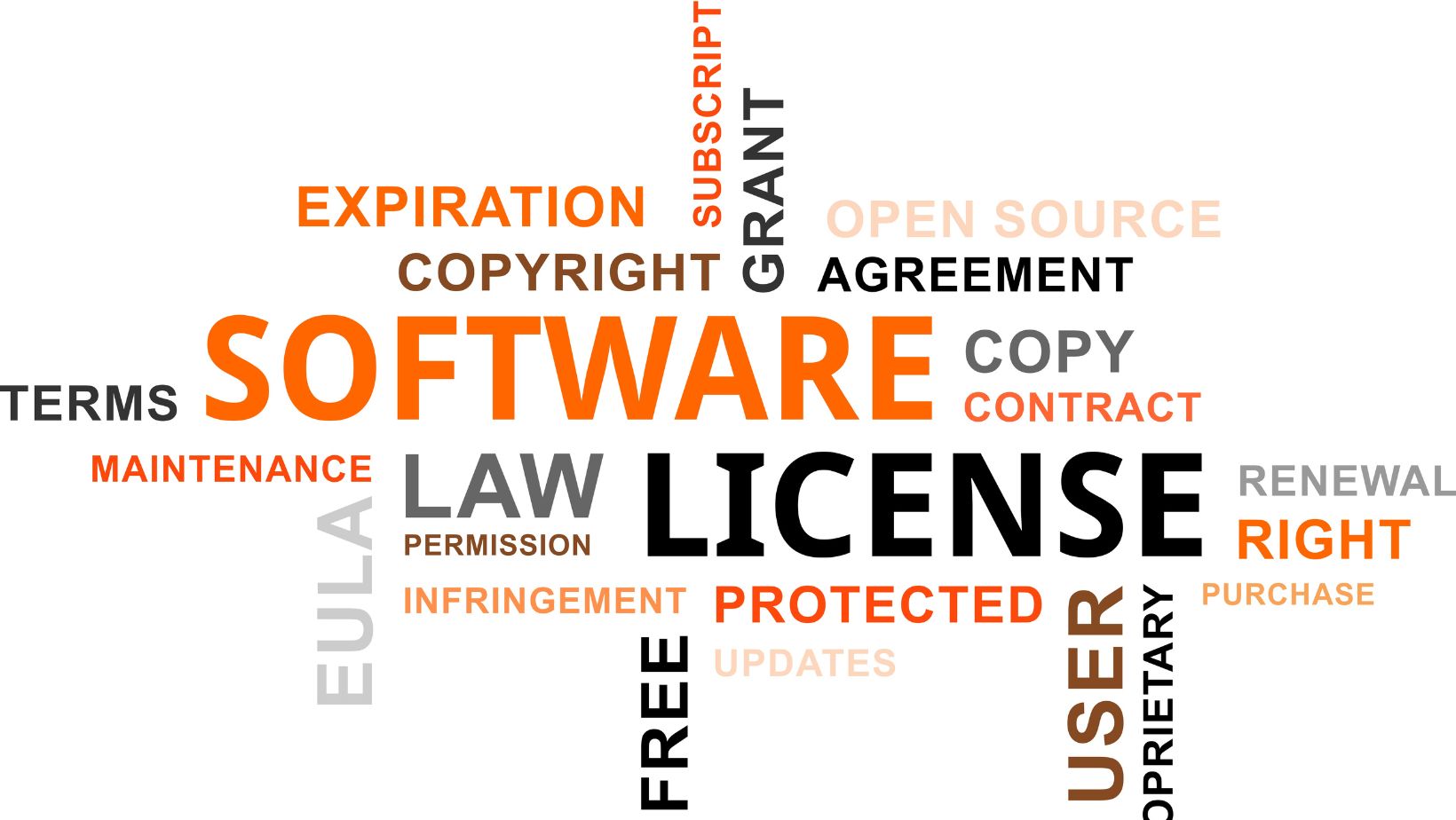
In today’s fast-paced digital world, buying software isn’t just about acquiring a tool; it’s about investing in solutions that propel businesses and individuals ahead. With a myriad of options flooding the market, making an informed decision has never been more crucial. This article aims to guide readers through the labyrinth of choices, highlighting key considerations and offering insights to ensure they make the best purchase for their needs.
Navigating the software buying process requires a keen understanding of one’s requirements, an eye for value, and an awareness of the software’s potential impact on one’s workflow or business operations. From evaluating features to understanding pricing models, this introduction serves as a gateway to making empowered and informed software purchasing decisions.
Buys Software
What Is Buys Software?
“Buys software” refers to the process of acquiring software licenses or subscriptions to use specific software products. Organizations and individuals engage in this process to meet various operational, creative, or analytical needs. The process involves evaluating, selecting, and purchasing software from vendors or through digital marketplaces. Buyers must consider factors such as compatibility, scalability, and return on investment before making a purchase. The ultimate goal is to find a software solution that aligns with the buyer’s requirements and enhances their operational efficiency or personal productivity.
The Evolution of Software Purchasing
The evolution of software purchasing reflects significant changes in technology, distribution channels, and consumer behavior. Initially, buying software entailed purchasing physical copies from brick-and-mortar stores. These copies came in the form of floppy disks or CDs and required manual installation. As internet access became widespread, companies started offering software downloads online, transitioning from physical to digital distribution. This shift introduced the concept of software as a service (SaaS), where instead of owning a software outright, users subscribe to use it over the internet.

The advent of cloud computing further transformed software purchasing. Cloud-based services allow users to access software and computing resources over the web, reducing the need for physical hardware and on-premise installations. Subscription models have become prevalent, offering ongoing access to software with regular updates and support included. This model benefits both providers and consumers by ensuring continuous revenue for developers and up-to-date software for users.
The software purchasing landscape continues to evolve, with a focus on flexibility, accessibility, and value. Buyers now have more options than ever, including free trials, pay-as-you-go plans, and customizable bundles. This evolution has made it essential for buyers to stay informed and considerate of their software purchases to maximize benefits and minimize costs.
The Top Buys Software Platforms in 2023
Adobe Creative Cloud
Adobe Creative Cloud offers an extensive suite of productivity and creative software applications. Businesses and creative professionals find immense value in its offerings, such as Photoshop, Illustrator, and Premiere Pro, which facilitate design, video editing, and web development tasks.
Zoom

Zoom’s video conferencing software has become essential for businesses maintaining remote or hybrid work models. Its reliability, ease of use, and features like screen sharing and virtual backgrounds ensure effective online meetings and webinars.
Selecting the right buys software platform requires evaluating how each option aligns with business operations and growth objectives. The top platforms in 2023 offer a range of functionalities tailored to enhance productivity, collaboration, and customer engagement.
Microsoft 365
Microsoft 365 remains a cornerstone for office productivity, providing tools for email, document creation, spreadsheets, and presentations. Its integration capabilities and cloud storage options make it a go-to solution for businesses seeking seamless collaboration.
Salesforce
Salesforce stands out as a leading customer relationship management (CRM) platform, offering a comprehensive suite of applications focused on sales, customer service, marketing automation, and analytics. It helps businesses streamline their operations and enhance customer interactions.
Slack
Slack has transformed business communication, providing a platform for messaging, file sharing, and integrating with other software tools. Its ability to create organized channels for various teams and projects promotes efficiency and collaboration.
Atlassian
Atlassian’s suite, including Jira for project management and Trello for task organization, caters to teams looking for agile project management tools. Their software supports software development processes, task tracking, and collaboration.

